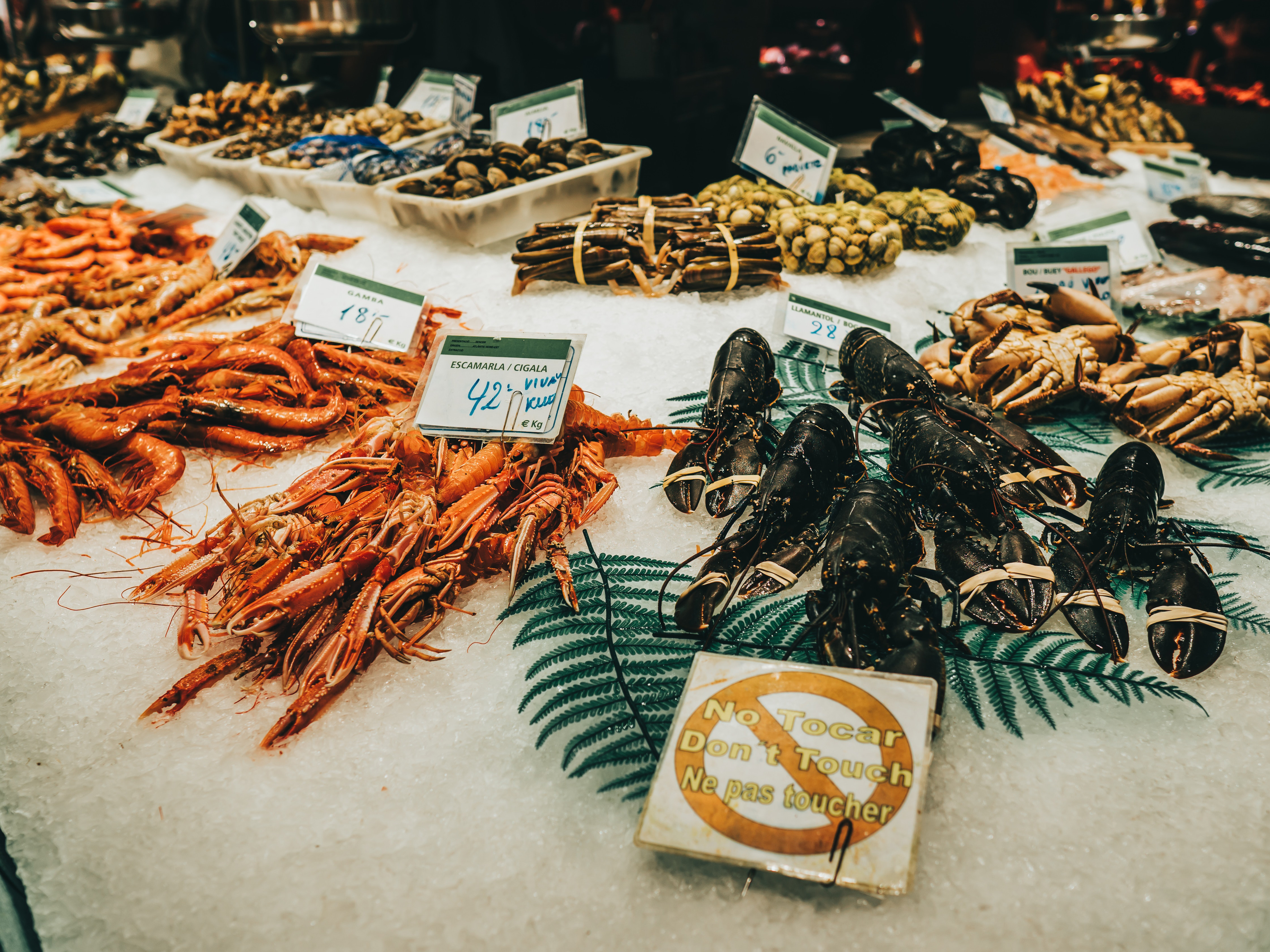
Visit Our Sponsors |
|
|
|
|
|
|
|
|
|
|
|
|
|
|
|
|
|
|
|
|
|
|
|
|
|
|
|
|
|
|
|
|
|
|
|
|
|
|
|
|
|
|
|
|
|
|
|
|
|
|
|
|
|
|
|
|

The coronavirus outbreak is turning one luxury treat reserved for special occasions into a meal bargain hunters can afford.
U.S. lobster prices have plummeted to the lowest in at least four years after the spread of the virus halted charter flights to Asia at a time when sales usually boom for Chinese New Year celebrations.
The fallout has left thousands of pounds of unsold lobster flooding North American markets and squeezing U.S. businesses that were already hurting from lost sales due to China’s tariffs from its trade war with Washington.
“This is like a fatal blow,” said Stephanie Nadeau, owner of Arundel, Maine-based The Lobster Co., which saw orders to Hong Kong shrivel from about 1,000 boxes a week to a total of 120 boxes -- each carrying 33 pounds -- since late January. “I’m about to lay off most of my employees.”
The U.S. used to be the main supplier of live lobster to China as exporters tapped into surging demand from the Asian nation’s growing middle class. Buyers turned to relatively cheaper supply from Canada after Beijing placed retaliatory tariffs on American crustaceans in 2018.
Lobster Flights
Canada typically sent about nine charter flights a week, with a total of 1.5 million pounds of the shellfish, from Nova Scotia to South Korea and mainland China for everything from restaurants and markets to business meetings and weddings.
But as restrictions were placed on the borders of Asian nations including China to contain the spread of the virus, Canadian product began flooding the U.S. market. That pushed prices lower, said Liz Cuozzo, seafood market reporter at research company Urner Barry, which has been tracking food prices since 1858.
Prices for New England halves -- a whole lobster weighing 1.5 pounds -- have tumbled 17% since Jan. 20 and are currently at $8.10, the lowest for the period since at least 2016, she said. They typically rise this time of year as supplies are tighter before the main fishing season begins. Last year, they cost $10.70, with the 10-year-average at $9.85.
Demand for live Canadian lobster has dwindled to 5% of normal volumes since the Chinese New Year when restaurants started canceling reservations and people stayed home, said Stewart Lamont, managing director of Tangier Lobster Company in Nova Scotia.
Inventory Swells
Companies are storing inventory, directing products to other markets in Europe, North America and the Middle East, and sending more lobster tails and frozen lobster to be processed, he said.
It’s not just the U.S. and Canada that are affected. Australia counts China as the main destination for its rock lobster exports and its seafood industry will likely see a significant short-term impact, the nation’s agriculture ministry said in a report. New Zealand said it’ll allow a limited release of rock lobster back into the wild after Chinese buyers canceled orders.
There’s a risk that other markets may shut down as the virus spreads, and uncertainty swirls over how many smaller merchants or mom-and-pop restaurants in China may be out of business and not return to buy following the outbreak, said Mark Barlow, owner of Island Seafood in Eliot, Maine.
The Lobster Co.’s Nadeau saw her inventory lose 40% of its value as shore prices dipped from C$10 ($7.45) to C$6, and was forced to sell 50,000 pounds at a loss. She is laying off eight people from her staff of 14. “My customers got creamed and I got creamed,” she said.
RELATED CONTENT
RELATED VIDEOS
Timely, incisive articles delivered directly to your inbox.







